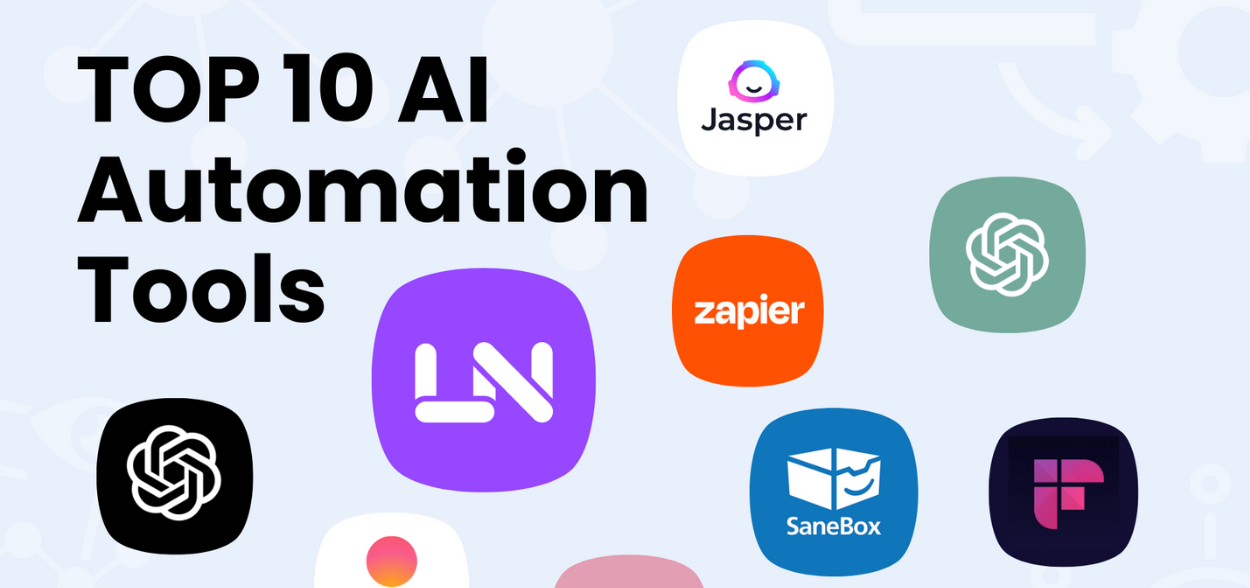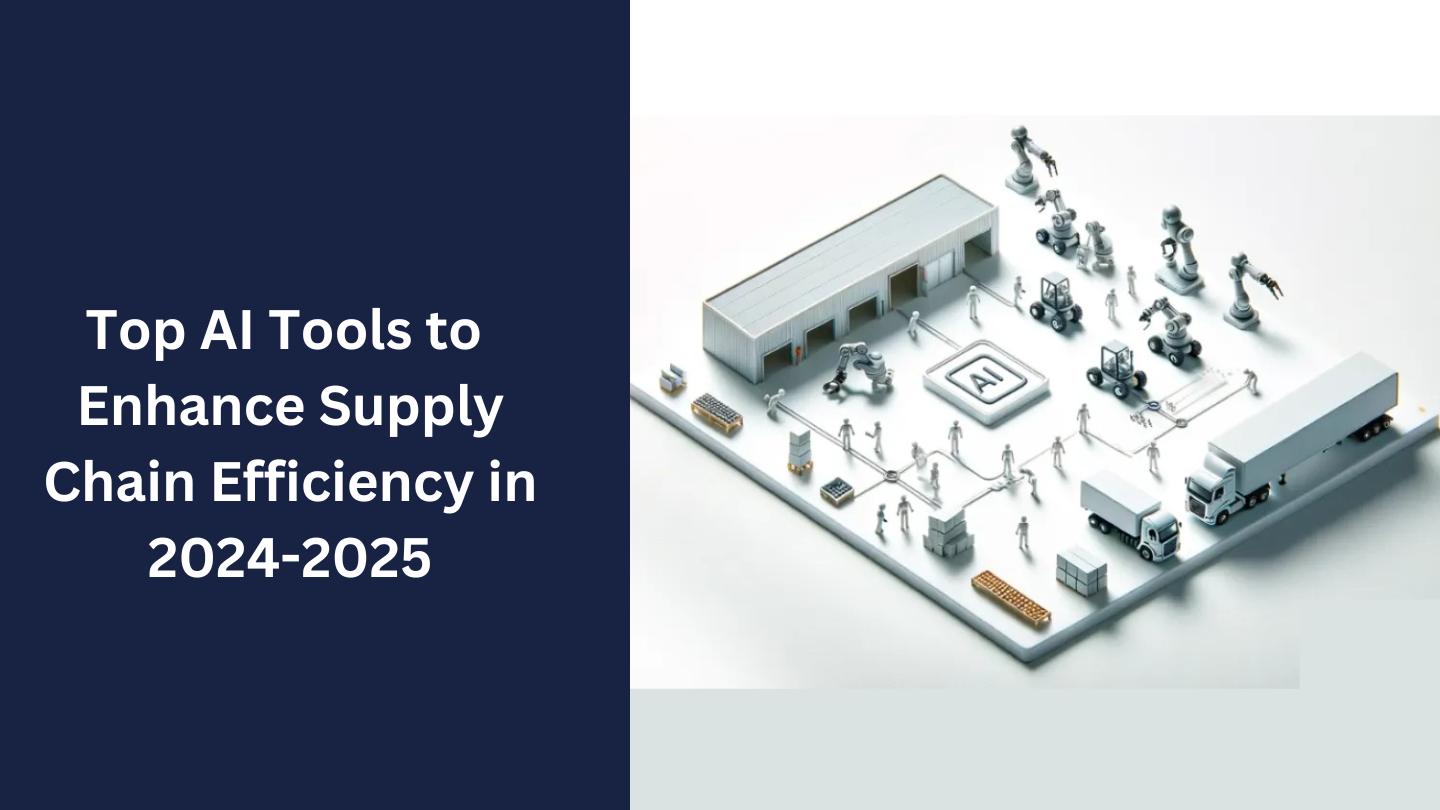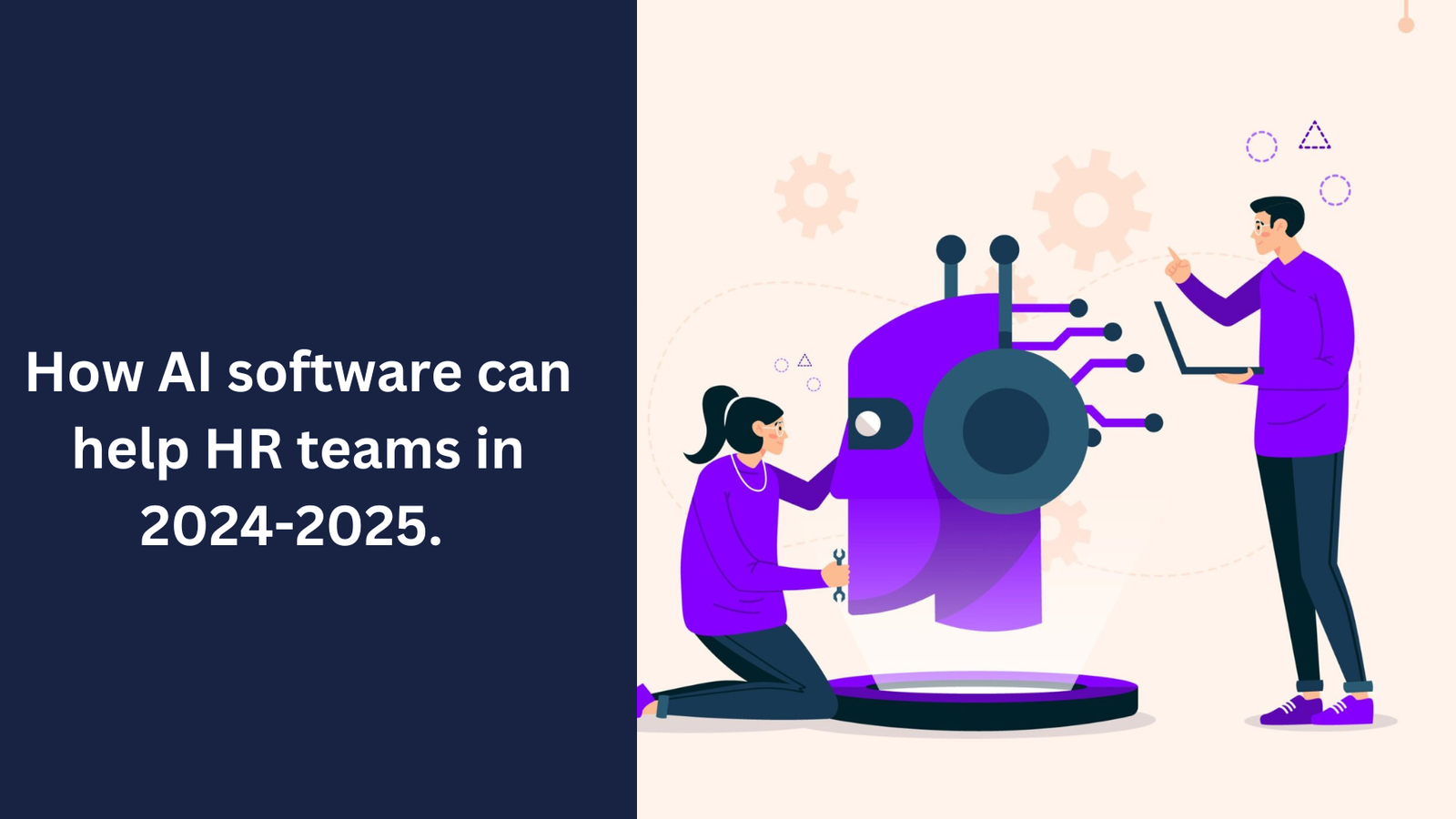As financial institutions navigate a complex landscape of regulations, market volatility, and evolving consumer expectations, artificial intelligence (AI) is emerging as a key enabler for risk management. AI tools are revolutionising how financial organisations assess, predict, and mitigate risks, offering powerful insights and automated solutions that ensure both compliance and efficiency.
In 2024-2025, AI-driven solutions will play an increasingly pivotal role in risk management, transforming everything from fraud detection to regulatory compliance and credit risk assessment. This article explores how AI tools are optimising risk management in finance and the specific benefits they bring to organisations. Learn why businesses should invest in AI.
Why AI is Essential for Risk Management in Finance
Risk management in the financial sector has always been complex, involving the analysis of massive datasets and the need for precise decision-making. With the introduction of AI, financial institutions can now leverage advanced algorithms, machine learning (ML), and natural language processing (NLP) to gain more accurate insights into potential risks.
Here are some of the most pressing challenges AI tools address in financial risk management:
- Handling Data Volume: Financial institutions generate vast amounts of data, and AI can process and analyse this data in real-time.
- Predicting Market Changes: AI-driven algorithms are capable of anticipating market trends and financial risks based on historical and real-time data.
- Fraud Detection: AI’s ability to detect unusual patterns in transaction data helps prevent fraud and cyberattacks.
Key AI Tools for Financial Risk Management
AI technologies offer financial institutions a competitive edge by enhancing their risk management capabilities. Below are some of the most impactful AI tools that are transforming risk management in the finance sector.
1. AI for Fraud Detection
Fraud detection is a critical area where AI has made significant advances. Traditional fraud detection methods often rely on manual reviews or static rules that may not be sufficient in identifying sophisticated fraud patterns. AI, with its ability to detect anomalies, can revolutionise this space.
- Feedzai: This AI-driven platform uses machine learning models to detect suspicious transactions in real-time, making it an essential tool for mitigating financial fraud. Feedzai monitors millions of transactions, flagging any inconsistencies and sending alerts to risk managers.
- Darktrace: Known for its expertise in cybersecurity, Darktrace applies AI to detect cyber fraud and malicious activity. Its self-learning AI monitors behaviours and identifies threats before they cause significant damage.
2. AI for Credit Risk Assessment
AI tools are also helping financial institutions assess credit risk more accurately. Machine learning algorithms analyse a broader range of data points, including non-traditional factors, to better determine a borrower’s creditworthiness.
- Zest AI: Zest AI offers machine learning models that assess the likelihood of a borrower defaulting. It incorporates a wider set of data, including payment history and social patterns, to create more accurate credit risk profiles.
- Upstart: By leveraging AI, Upstart evaluates credit risk in a more holistic way, moving beyond traditional FICO scores to assess borrowers’ future behaviours. It helps banks reduce default rates and offer better loan options.
3. Regulatory Compliance with AI
Regulatory compliance is a major concern for financial institutions, especially as regulations evolve. AI tools are easing the burden of compliance by automating the monitoring and reporting of regulatory changes.
- ComplyAdvantage: This tool uses AI to automate risk detection related to money laundering and terrorist financing. It continuously scans for regulatory changes and helps institutions stay compliant with local and international regulations.
- Ayasdi: Ayasdi uses AI-driven pattern detection to ensure that financial institutions meet compliance requirements. Its system offers insights into transaction data and identifies patterns that might indicate risky behaviours.
4. Predictive Analytics for Market Risk
Predictive analytics, powered by AI, enables financial firms to anticipate market risks and make proactive decisions. By analysing historical data, AI can identify trends and warn organisations about potential downturns or market volatility.
- Kensho: A tool from S&P Global, Kensho combines AI and natural language processing to provide insights into market risk. It can analyse massive datasets from a variety of sources, including earnings reports and macroeconomic data, to predict how certain events will impact markets.
- Numerai: Numerai is an AI-powered hedge fund that uses data-driven insights to make investment decisions and manage risks. Its predictive algorithms analyse large data sets, helping fund managers identify potential market risks before they materialise.
How AI Improves Risk Management in 2024-2025
1. Real-Time Risk Monitoring
AI’s ability to process data in real time is one of its greatest advantages in financial risk management. This capability allows risk managers to detect and respond to threats instantaneously, reducing the likelihood of significant financial losses.
For example, AI-driven dashboards can monitor transactions, predict risks, and update financial teams with real-time data visualisations, allowing for swift decision-making. This is particularly useful for dynamic markets, where conditions can change rapidly.
2. Enhanced Predictive Modelling
AI’s predictive modelling tools are significantly more accurate than traditional methods, as they can consider a far wider range of factors and correlations. Machine learning algorithms can also continuously improve over time as they process more data, offering sharper insights into future risks.
For instance, market risk assessments powered by AI help financial firms anticipate potential downturns, allowing them to adjust portfolios or hedging strategies proactively.
3. Reducing Human Error
AI-driven automation reduces the likelihood of human error in risk management processes. Whether it’s reviewing compliance documents, screening transactions for fraud, or performing market analyses, AI can perform these tasks faster and more accurately than humans. This frees up risk management teams to focus on more strategic work rather than repetitive, time-consuming tasks.
Future Trends in AI for Risk Management (2024-2025)
The integration of AI into risk management is set to expand over the next few years, with several emerging trends to watch in 2024-2025:
1. Explainable AI (XAI)
As AI models become more sophisticated, explainable AI (XAI) will become critical for risk management. XAI ensures that financial institutions can interpret and understand AI-driven insights, improving trust and transparency in AI tools.
2. AI and Quantum Computing
The future of AI in finance will likely involve quantum computing, which promises to dramatically accelerate AI’s computational power. For risk management, this means the ability to process even larger datasets at unprecedented speeds, leading to even more accurate predictions.
3. Enhanced Data Privacy and AI Regulation
With the rise of AI in finance, data privacy and AI governance will become top priorities. Financial firms will need to adopt robust data protection strategies and comply with new AI-specific regulations to avoid penalties.
Implementing AI in Your Financial Risk Management Strategy
As financial institutions prepare for the future, integrating AI tools into their risk management strategies is crucial. AI-driven platforms like Feedzai, ComplyAdvantage, and Zest AI are already transforming how organisations manage risks, offering advanced fraud detection, credit risk assessment, and regulatory compliance solutions.
To learn more about how AI can help streamline your risk management processes, consider booking a consultation with industry experts. Book a consultation here to explore customised AI solutions for your finance team.












Pingback: Top AI Tools and Platforms for Businesses in 2024-2025